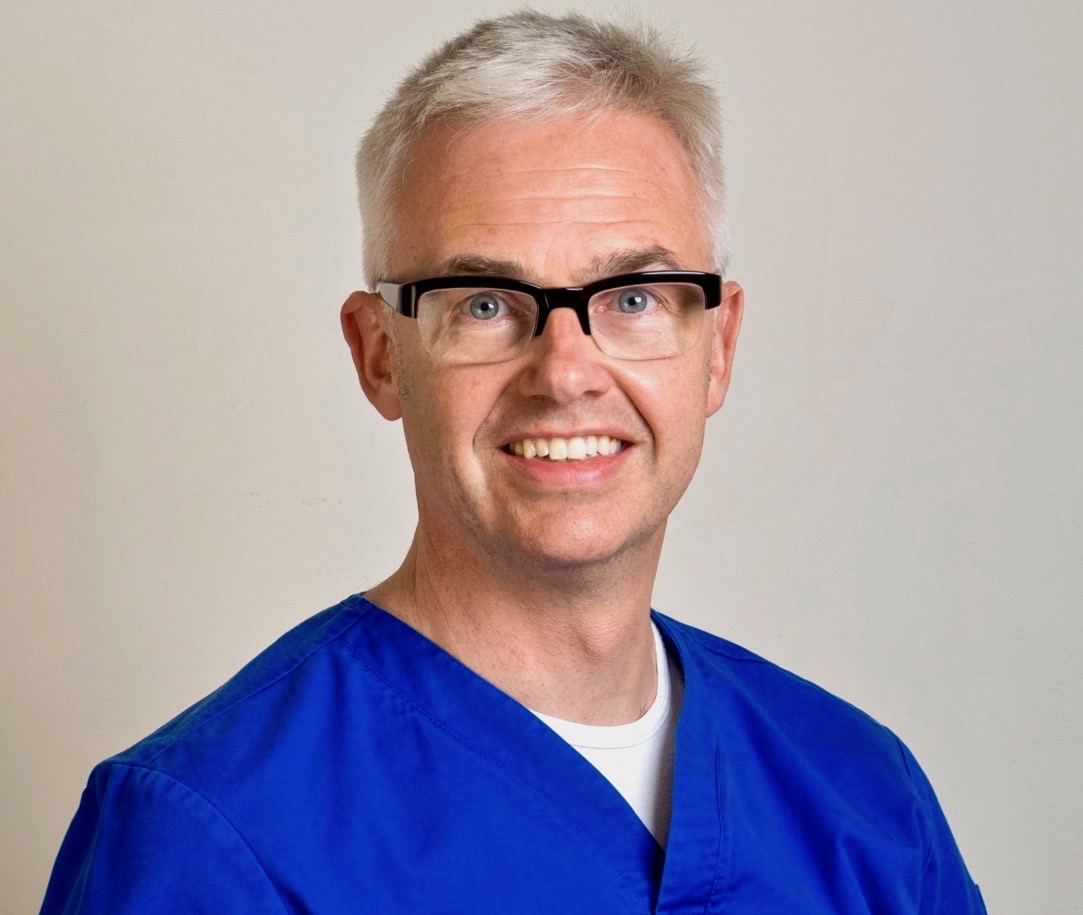ALD LEARNING LIBRARY - DIGITAL TECHNOLOGY
CBCT and Computer-Guided Implant Placement
Robin Horton, BDS

Clinicians now have access to relatively low-cost CBCT machines, intraoral scanners are commonplace, and labs now have model scanners. If we merge this data and superimpose the proposed final restorations over the three-dimensional computer model, we have the opportunity to use very minimal surgery with very low risk to the patient. These technologies are ideal for laser users, as minimal intervention is required, and tissue sculpting with a laser improves both the aesthetic outcome and healing of the surgical site.
Educational Objectives
Understand the importance of CBCT in implant planning.
Describe how to use software and scanning technology for designing guided implant surgery.
See how lasers fit into a computer-guided surgery protocol for implant placement and restoration delivery.
Recorded May 5, 2020
ALD Organization Disclosure - Disclaimer on Protocols and Opinions
The views expressed and opinions and materials presented during a presentation represent the personal views and opinions of the individual speakers and do not necessarily represent the views and opinions of the Academy of Laser Dentistry. The Education Committee of the Academy of Laser Dentistry may review content only as it relates to topics within the Curriculum Guidelines and Standards for Dental Laser Education. The Academy of Laser Dentistry assumes no responsibility for the content of the presentations made by individual speakers pertaining to protocols for laser treatment. Any suggested protocols for treatment may be based upon the speakers' own clinical experience and should not be construed as Academy of Laser Dentistry recommended protocols.
|